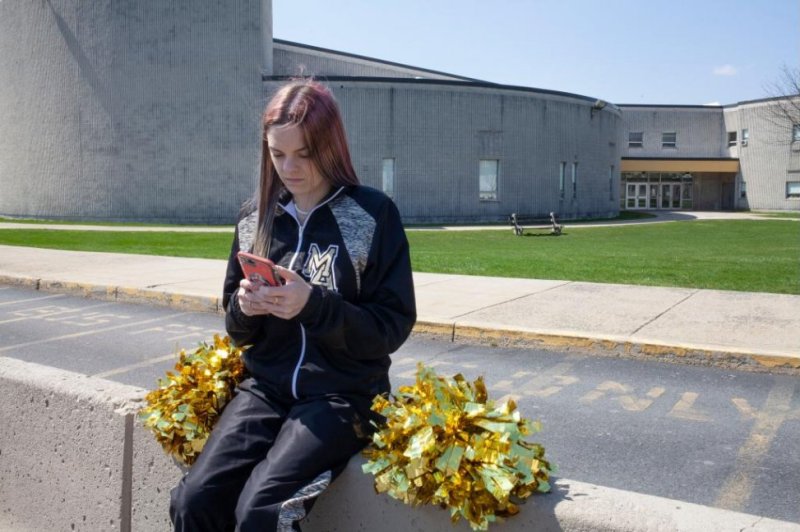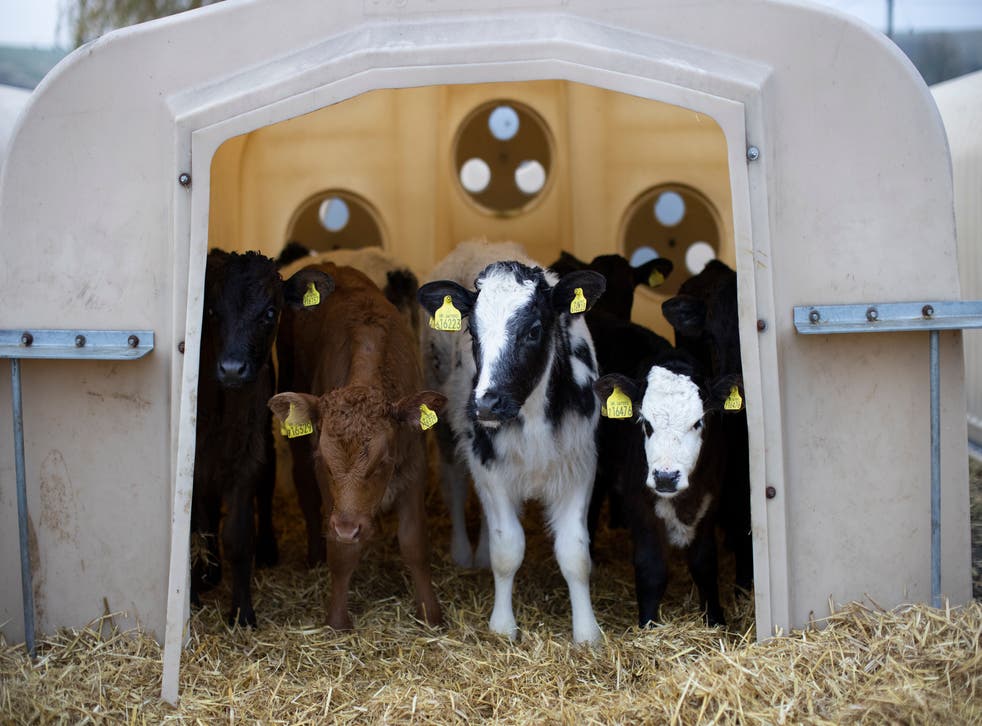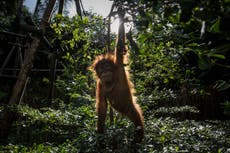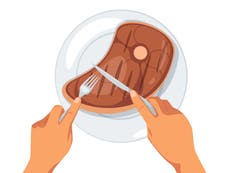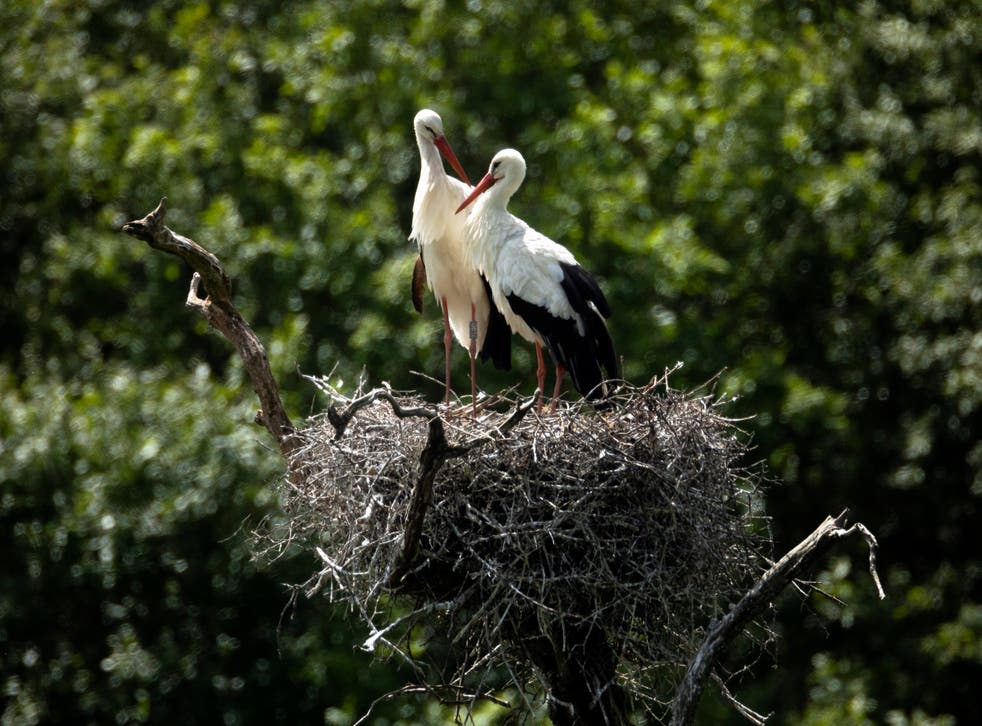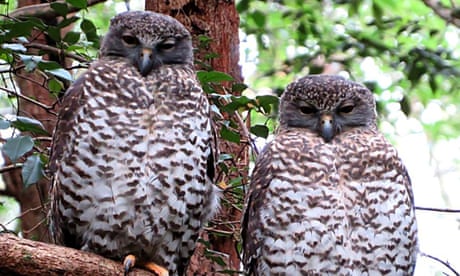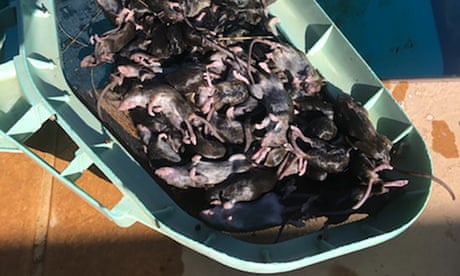By Darryl Coote & Zarrin Ahmed
The partially collapsed Champlain Towers condominium building is seen in Surfside, Fla., on Thursday. Authorities said a woman was killed in the collapse and a young boy was pulled from the debris. Photo courtesy Miami-Dade Fire Rescue/Twitter
June 24 (UPI) -- At least one person was killed and several others were injured after a about half of the units in high-rise oceanfront condominium building near Miami collapsed early Thursday.
Officials said a portion of the Champlain Towers building in Surfside, Fla., collapsed after 1 a.m. EDT on Thursday.
According to authorities, a woman was killed and at least 10 others were hurt. Officials said two people were pulled from the debris, including a young boy, and hospitalized. Thirty-five people were evacuated from the building, they added.
Emergency officials said search crews are working through the debris to find other possible victims or survivors.
Emergency officials said a family unification center was set up and more than 80 technical and rescue teams were at the scene.
The 12-story building was built in 1981 and has more than 130 condo units. Miami-Dade County Mayor Daniella Levine Cava told reporters at a news conference that about half of the condo units collapsed.
Surfside is located about about 3 miles north of Miami Beach and 10 miles northeast of downtown Miami.
The Miami Beach Police Department confirmed earlier that it was assisting in the rescue operation.
The cause of the partial collapse wasn't immediately known. Resident Victor Cohen, who lives near the complex, told WPLG-TV the building had been undergoing a major renovation.


